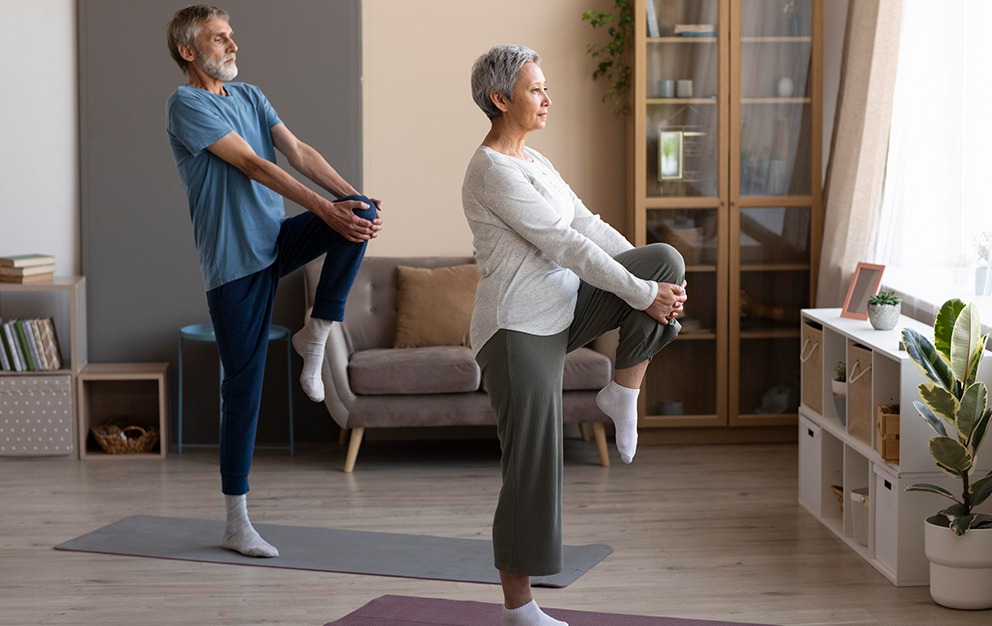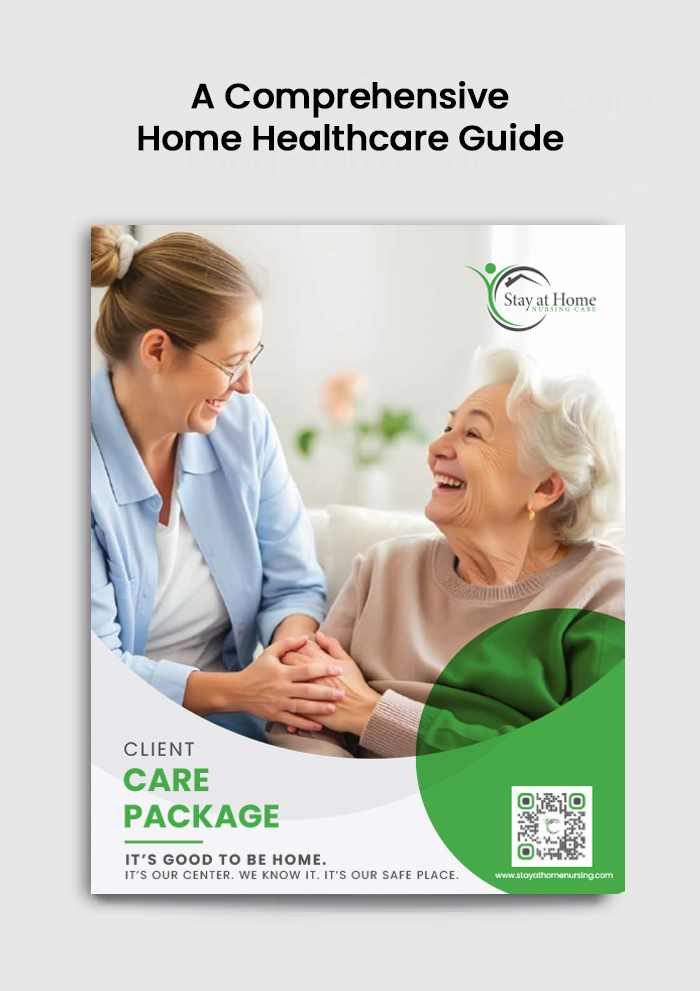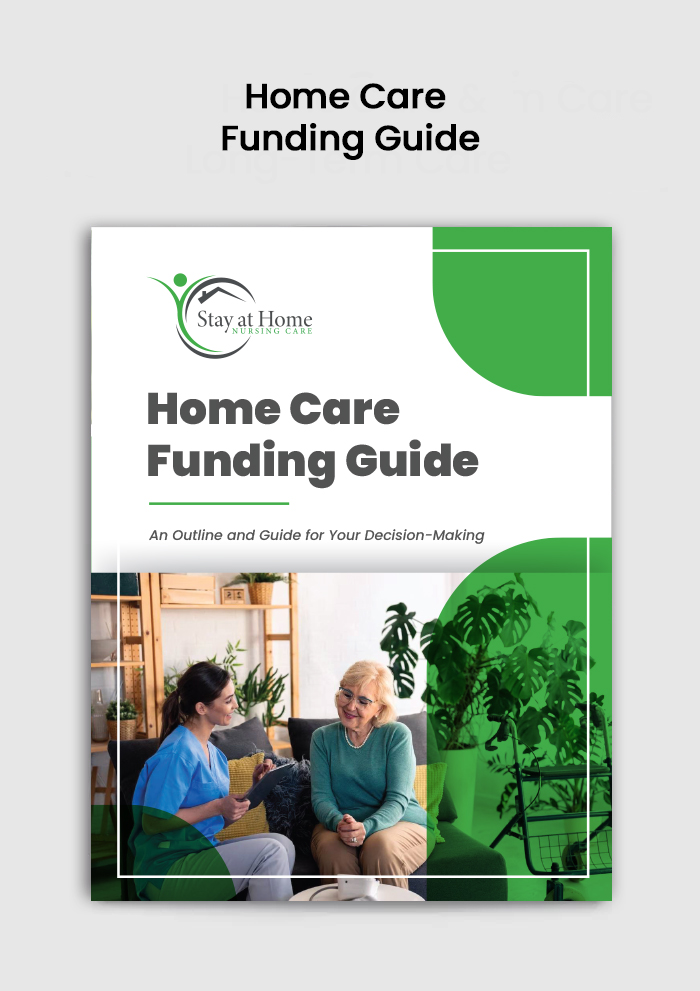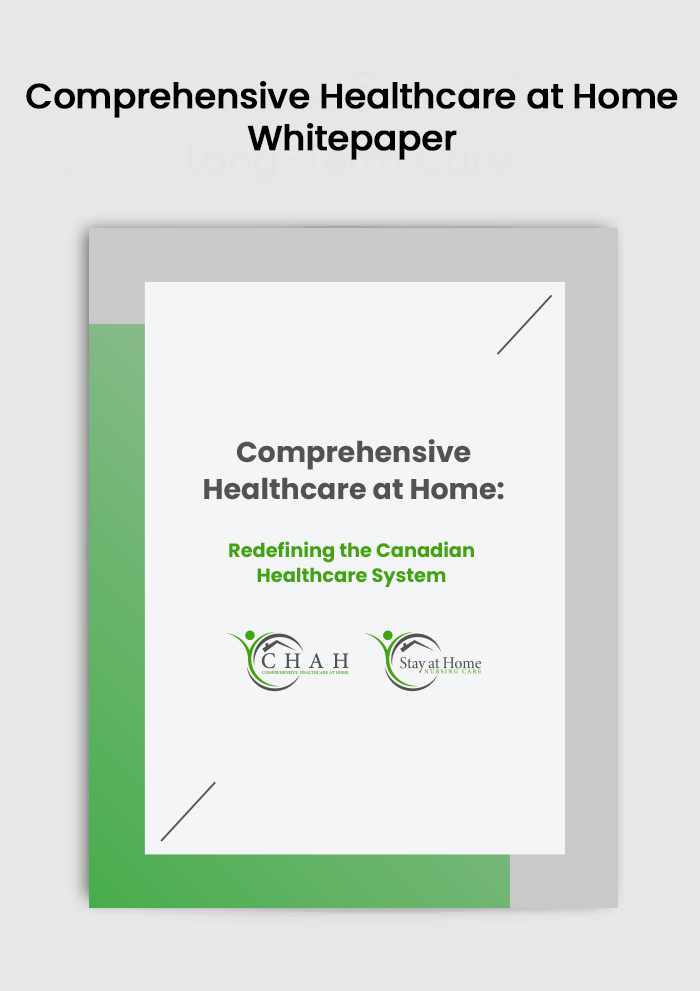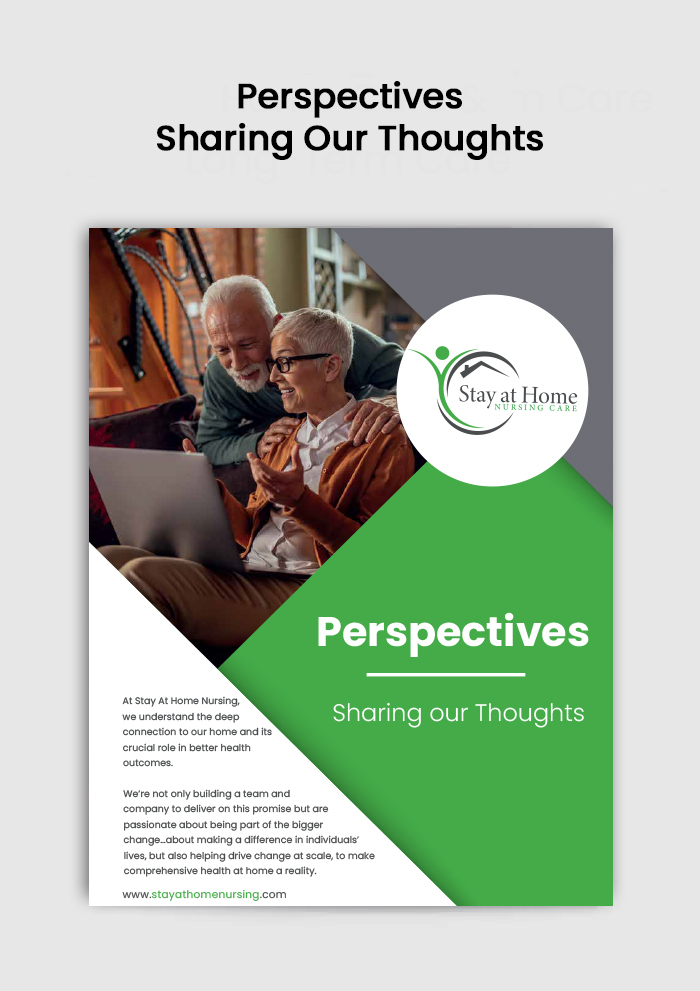Reducing the Risk of Falls: What Can We Do?
In Canada, older adults living in the community face a wide range of factors that increase their chance of falling. A previous history of falls, living with a chronic condition or illness, sensory or mobility issues, or complications resulting from certain medications all potentially contribute to increased risk.
Environmental hazards are one of the biggest factors. Thankfully they are also one of the most easily modifiable. Risks in our environment include things like uneven terrain, steps and stairways, poor lighting, and slippery or cluttered surfaces. Programs that provide fall hazard assessments have been proven to decrease both the number of falls that occur at home, and the number of people falling. Stay At Home Nursing’s free In-Home Care Consult includes this type of hazard assessment as well as providing constructive strategies to immediately reduce overall risk in the home environment.
Home modifications that promote independence in activities of daily living, such as grab bars and ramps, can all contribute to a sound fall prevention strategy. Various forms of assistive technologies and devices can also help, for example, motion-activated night lights can reduce the risk of falls by improving 24/7 visibility. And innovative new technologies such as the CHAH AI Care can aid in an early detection of concerning balance or gait changes, providing rapid and appropriate intervention, long before a fall ever occurs.
Feet First. Our feet do so much work! And yet, they so often go overlooked. But when it comes to preventing falls, the health of our feet is a top priority. After a lifetime of walking, running, jumping, skipping though our days there are a whole host of factors that might impact our feet: wounds, infection, dry cracked skin, joint pain, numbness, or poor circulation.
Pedicure Prescription. Routine at home checks of your feet is as important as daily brushing your teeth and this is especially true for people with complicating health issues such as Diabetes or Parkinson’s. People with Diabetes are particularly at risk for foot ulcers that can go undetected. Caught early these types of issues can be treated, but left untreated there is risk these ulcers become infected, potentially resulting in amputation, or death. A daily regime of checking, cleaning, and moisturizing your feet goes a long way in detecting, addressing, and preventing any issue long before it turns into a more serious health risk.
Foot and Ankle Exercise Prescription. The small muscles of our feet play a critical role in balance, stability, and movement. No matter where we are in our life journey, we all can appreciate the value of strong glutes, ripped abdominals, and taut triceps. We are less likely to don our workout gear, throw on our workout playlist, and get ready to sweat it out, all to tone and strengthen the…intrinsic, small muscles of our feet! But given the importance of these muscles in our dance through life it really should be a top priority. Intrinsic foot muscles tend to weaken as we age, and this can dramatically impact our ability to tackle day-to-day activities. Research demonstrates that an exercise prescription for foot and ankle strengthening improves toe strength and balance, potentially decreasing the risk of falls.
The innovative assistive technology CHAI AI Care provides an early warning system for changes in gait or balance that may be of concern, helping to predict and prevent falls. It also provides emergency back-up: if a fall occurs it will detect it and dispatch appropriate help in a timely manner. This type of technology, combined with routine consults with your healthcare team including a foot specialist—a podiatrist and/or physiotherapist—can provide critical insight, education, targeted exercises, and any necessary specialty footwear, orthotics, or assistive devices that will promote overall foot health and keep your moving through life, best foot forward.
Monitor Diet, Medications, and Eye Health. Regular reviews of diet and medications with your health care team are important tools in preventing episodes of dizziness or drowsiness. A balanced diet comprised of whole foods is important at any age. But as we get older, certain conditions, or medications, can impact the absorption of vitamins, minerals, and proteins; monitoring diet and medications is that much more important. Changes in our vision can lead to blind spots or blurry vision, increasing the risk of falling. Regular optometrist checkups can help monitor these changes and provide solutions such as corrective lenses, if needed.
How can Home Care help?
A Home Care team can help assess your, or a family member’s, fall risk status, assisting in initiating, implementing and maintaining an environmental fall hazard reduction program. This is a component in the free of charge Care Consult, when assessing the overall fit and focal areas for home care services. Wellness checks can provide daily monitoring of foot health and help to address any concerns immediately. Personal Support Workers can provide support and motivation for: adhering to a foot and ankle strengthening exercise prescription; cooking nourishing meals; and assistance in booking and attending all the routine medical check-ins required. CHAH AI Care can provide even more comprehensive round-the-clock support in predicting, preventing, detecting and dispatching help as needed.
At SAHN, individual care plans are created to minimize risk while maximizing independence. Free In-Home Care Consults provide a wide range of options to enable active and dynamic living within your chosen community.
Next Up!
MOVE-GROOVE-IMPROVE: The importance of exercise and movement strategies
